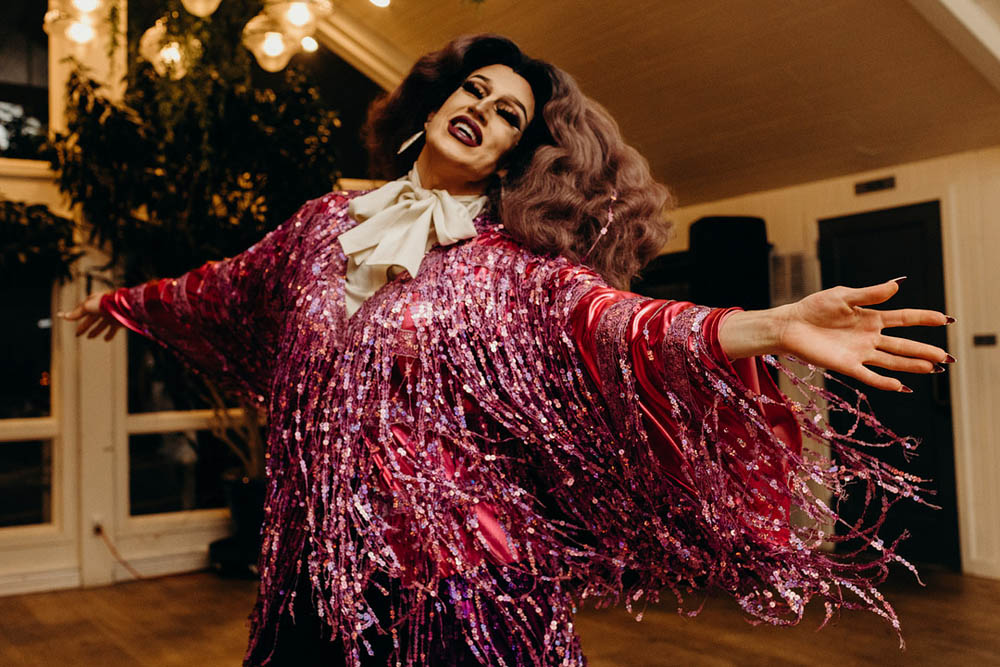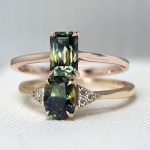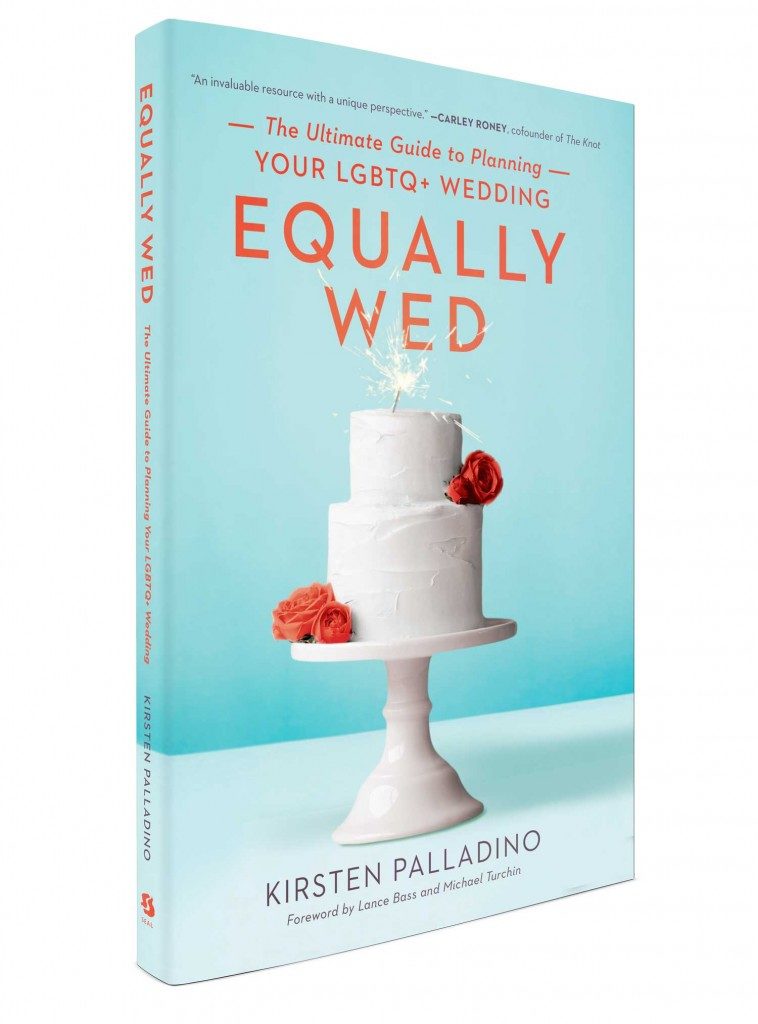On March 2, Tennessee became the first state to pass a ban on public drag shows. This is the latest in a concerning upward trend of anti-LGBTQ+ legislation across the country, including bans on drag queens at libraries, dangerous restrictions on gender-affirming healthcare and proposed book bans at K-12 schools and universities.
Those arguing against drag use logical fallacies and moral panic tactics to bolster their calculated attempts to erase queerness, thanks to some dark combination of religiosity, ignorance and self-important vitriol. There is no point poking holes in rhetoric that is already vacant. There is, however, merit in interrogating how drag became a battleground for gender politics in the U.S.
Drag performers’ ability to work–to be themselves–is in danger. And you’re right to not only be livid, but also awe-struck that such a critically important art form for the queer community could be seen as anything but glorious.
Drag is not a new phenomenon.
Drag has existed for thousands of years. For as long as there has been the societal concept of gender, there has been drag. It permeates pillars of historical entertainment, from Shakespeare’s Globe Theatre troupe to Japanese kabuki and beyond. Drag has taken many forms and purposes, but at its core, the art form of performing gender has always been here.
American drag culture stemmed from necessity, built deliberately and creatively by LGBTQ+ folks to create a social space for themselves. When you are not allowed to be out (that is, to be safely and openly yourself) in the mainstream, you go underground. From oppression and restriction came innovation and community. Since at least the early 1920s, drag and LGBTQ+ circles have given us the starting threads for some of the most influential cultural and artistic movements in the world: the Harlem Renaissance, the Blues, Jewel Box Revue–style touring productions, drag brunch…the list goes on. Much of our modern vernacular comes directly from the mouths of those whose oppression we are seeing reignited today (yas queen, really).
There seems to be a pervasive belief, implicit in the efforts of those trying to eliminate drag and LGBTQ+ identity, that this is all a new phenomenon. In reality, drag and queerness have existed for centuries. What has changed, however, is the visibility of these performances and identities. The last 20 years have seen drag and queer culture come further into the mainstream than ever before, nurtured by the internet, catapulted by the success of media icons like RuPaul and cushioned by a runway of activism stemming back even further than Stonewall.
Drag is art.
The Birdcage. Mrs. Doubtfire. To Wong Foo. The entirety of Tyler Perry’s portfolio. Drag is an art form. Point blank. From the historic practices of European and Asian performance artists to the current iterations of drag brunch and Broadway shows, drag is–and has always been–art.
Drag queens and kings and nonbinary royalty are to be heralded for their art, not regulated as a perceived “threat.” From the ballroom culture depicted in Paris is Burning and POSE to the wildly popular RuPaul’s Drag Race, the art of drag has always benefited from community, innovation and generosity. Having them perform at weddings, either as entertainment at your reception, as your officiant or flower people, is a celebration of queer culture, a joyful recognition of a well-curated and ever-evolving art form.
RELATED: Glamorous RuPaul’s Drag Race-inspired wedding with custom gold gown and emerald tuxedo
Drag bans and anti-LGBTQ+ legislation are symptoms of a moral panic.
Oxford University Press defines moral panic as “a mass movement based on the false or exaggerated perception that some cultural behaviour or group of people is dangerously deviant and poses a threat to society’s values and interests.” The drag ban is ludicrous, but more than that, it is the result of an entirely imagined and manufactured threat, spurred on by irresponsible media coverage.
Let me make this very clear: drag queens pose no danger to you or your children. Sincerely. Not all drag is kid-friendly, but no one (save for those hell-bent on its erasure) is claiming that it is. Like all art, there is an infinite spectrum of forms and audiences. Drag shows for kids are just that. And to pretend that drag performers are predators in any way, shape or form, is to be willfully ignorant to the realities of the art form and, more importantly, the realities of child abuse.
Like our counterparts who watched the Satanic Panic unfold mere decades ago, we are watching people be demonized thanks to the ignorance of those in power (from lawyers and politicians to law enforcement and psychologists) who refuse to see or acknowledge the truth about abuse and coerced testimony. Though presented under the sanctimonious banner of protecting children, these laws only serve to disrupt and endanger the livelihoods of those working in venues where drag is performed—and, of course, the performers themselves.
Whether this is the intent of lawmakers or not, the result hits on a financial level. Bans on drag, gender-affirming care, books and language only serve to bring further harm and violence to those who perform drag or are openly gender nonconforming and are disproportionately harmful to BIPOC trans folks and performers. When the law deems drag or LGBTQ+ identity as dangerous, it gives unspoken license to anyone who fears or hates the community.
Drag destabilizes identity.
In their 1990 book Gender Trouble, American philosopher and writer Judith Butler introduces a theory of all gender as performance. Butler assesses the relation between identity and performativity through the lens of drag and the way that drag queens and kings emphasize our social construction of gender by performing behaviors and physical expressions, without which the binary distinction between “man” and “woman” has no standing.
Following that line of thought is the realization that all gender is a performance. This is not to say that gender is non-existent. Gender is very real, dictating so much about our world. But it is not inherent. And to pretend otherwise is extremely dangerous–for exactly the same reasons that I am writing this article right now.
In this way, drag is not just an art form but a way to resist the power structures that regulate our lives through ridicule and fear. Drag performance–and, for that matter, the public trans experience–reveals that there is no essential basis of gender identity or gender expression. Gender is a historically enforced means of control. Just think of all that people assigned female at birth could not legally do until very recently, and how we hold people assigned male to this false narrative that they must always be strong, silent, resilient and void of emotion. When gender-based control is challenged, those who believe in its necessity are personally affronted. Their idea of themselves, their faith, our society, identity itself–all shattered, when, in fact, if they leaned into that challenge, they could be free to be themselves. As poet and speaker Alok Vaid-Menon says, “we have been taught to fear the very things that have the potential to set us free.”
Drag (and, by extension, LGBTQ+ visibility) accentuates the norms of gender performance that our society holds onto so tightly. To be confronted with a radical reminder that our ideas of “manhood” and “womanhood” are, at their core, social constructs that are irrelevant to our identities, is to be confronted with the destabilization of our very selves.
The issue that these lawmakers and those who support them have with drag performers is not that they wear clothing that doesn’t socially align with the gender they were assigned at birth. The issue might not even be that these performers are mostly LGBTQ+. The issue is that these exquisite artists perform with unabashed queer joy, and that is one of the scariest threats to the cishet supremacy we’re all oppressed by.
RELATED: Colorful New York wedding featuring a drag queen
Featured photo by Tara Beth Photography
Marley Madding
MOST VIEWED STORIES
- A Closer Look at Formalwear Trends: What Data Says About Suits in 2025
- A Celebration of Blush & Bashful at Madonna Inn for Two Grooms Alex and Joey
- Amanda + Victoria’s French Quarter Engagement
- Elevated monochromatic minimalism wedding inspiration
- Kristen Stewart and Dylan Meyer Have Officially Tied the Knot

























